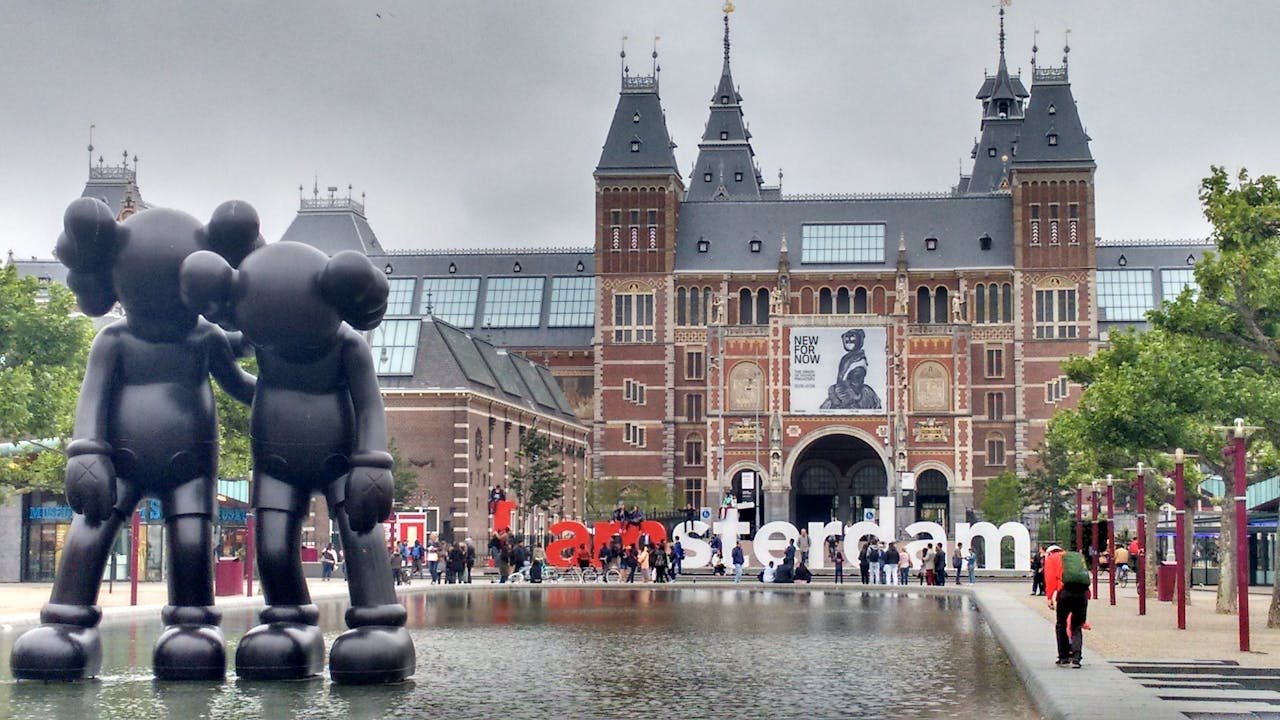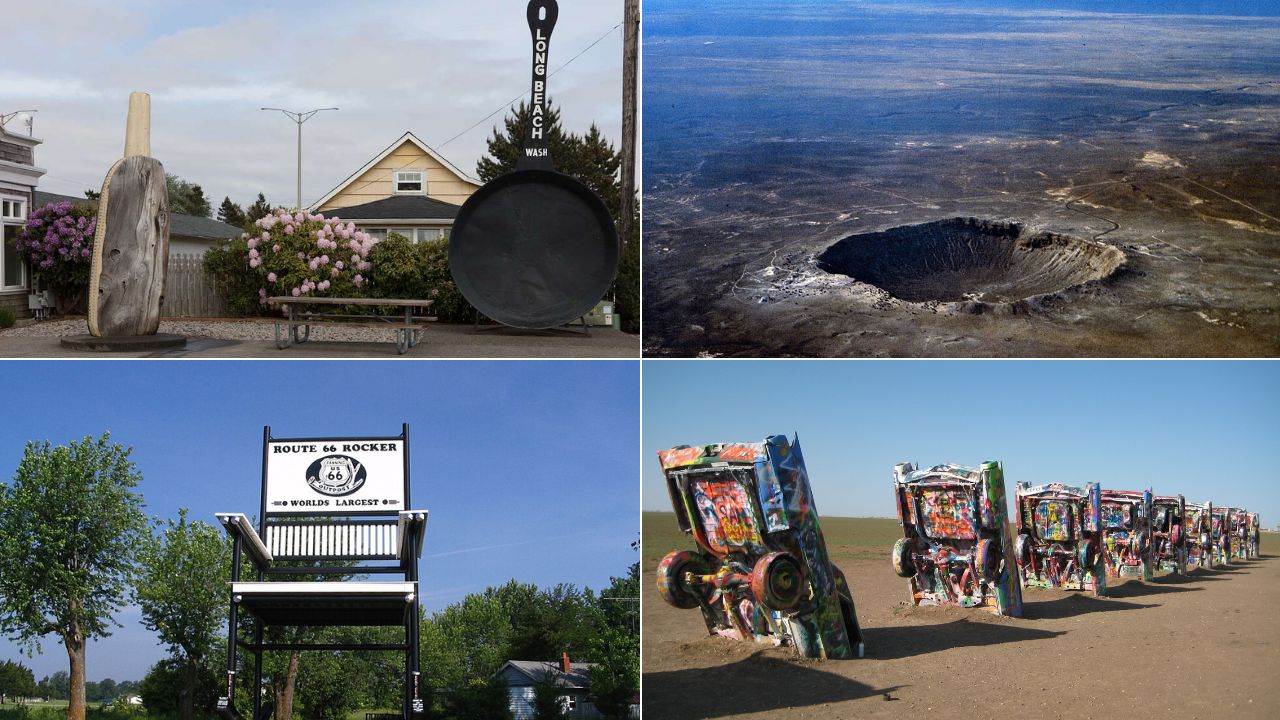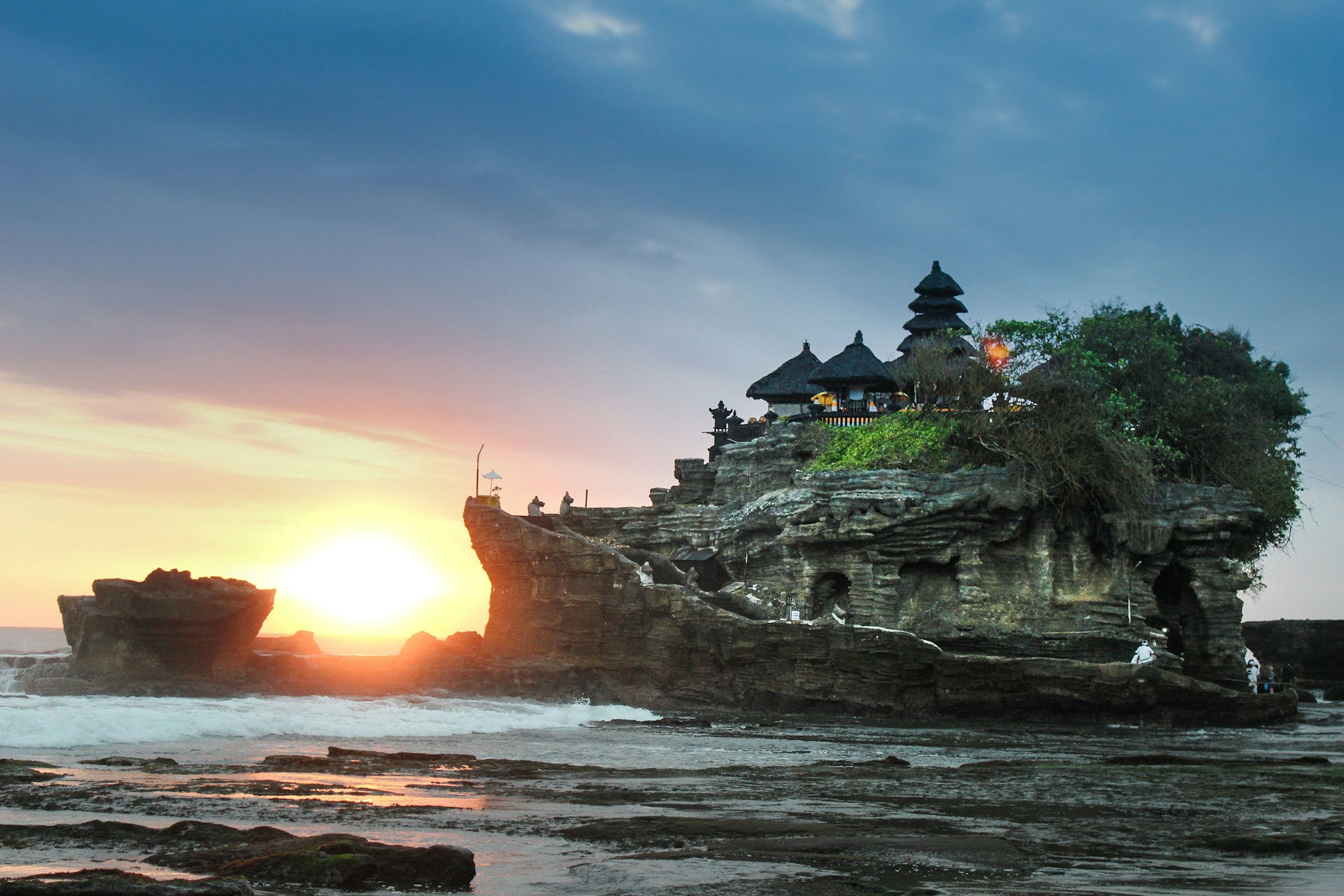Crowds, climate stress, and fragile heritage are pushing popular destinations to rethink access. Policymakers are testing fees, caps, and behavior rules that favor local life over mass footfall. The shift is not anti-visitor; it is pro-place. When reefs bleach, alleys clog, or housing thins, pressure builds for guardrails. The countries below already enforce targeted limits and hint at tougher moves ahead. What this really means is fewer cruise berths, stricter seasons, and travel shaped by respect rather than volume.
Italy
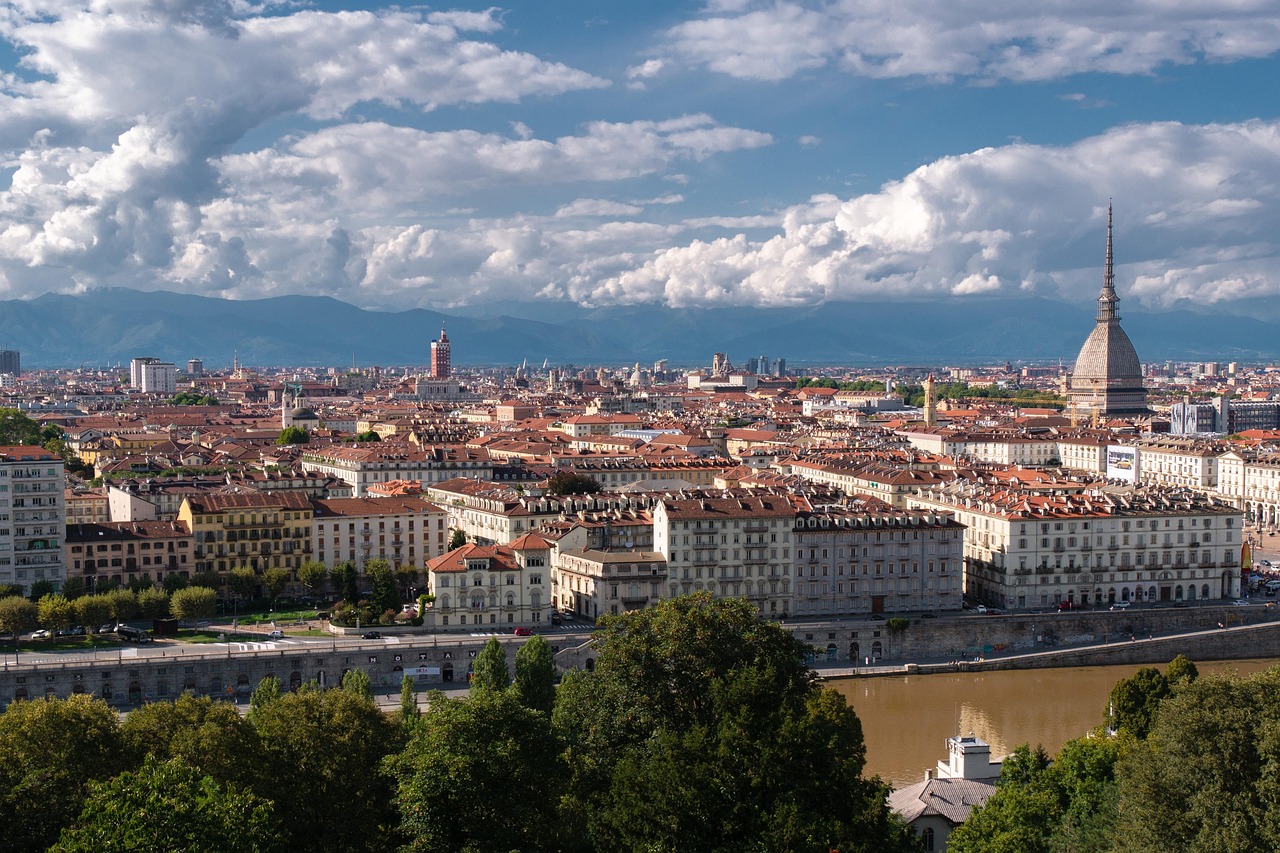
Italy’s charm comes with a bill that locals increasingly pay. Venice’s entry fee trials, swimwear and crowd rules, and stricter hiking footwear requirements signal a move from soft nudges to firm lines. Heritage zones and island hotspots face daily caps, and municipal fines back them up. If congestion and erosion continue, expanded reservations and higher access charges look likely, tied to peak days and cruise berths. The direction is clear: culture first, spectacle second, numbers managed.
Spain
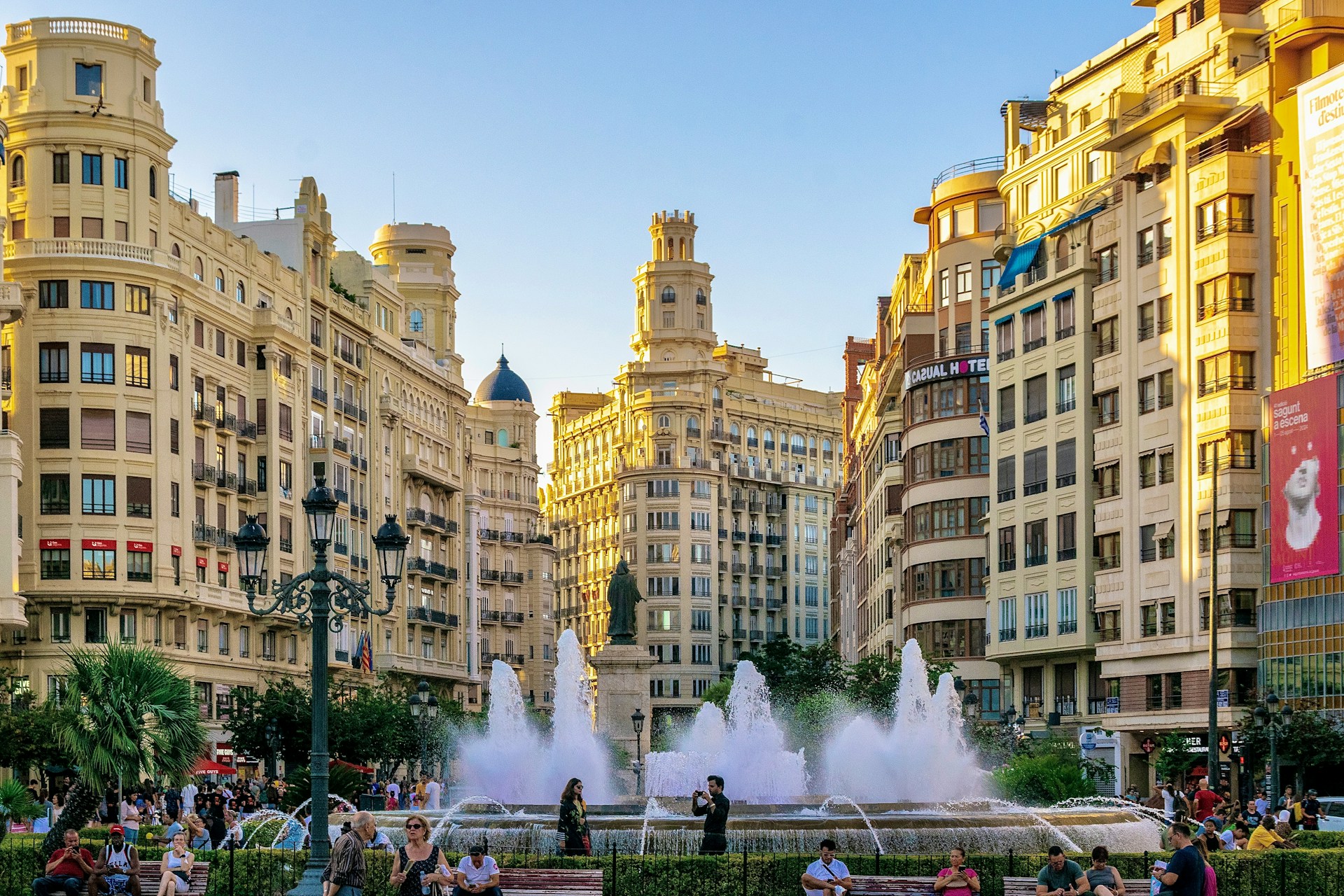
Spain is tightening at the street level and the spreadsheet level. Beachwear rules now stop at the sand in Barcelona, while public drinking bans curb late-night spillover. Tourist taxes rise by region, and stricter guest data collection makes housing enforcement easier. Popular quarters face pressure from short stays, so city halls pair fines with licensing and patrols. If summer surges keep climbing, expect broader reservation windows for landmarks, fewer cruise calls, and tougher penalties for nuisance behavior.
Greece

Greece is learning that paradise needs policy. Shell collecting carries penalties, flip-flops are prohibited behind the wheel, and cruise ship limits protect island carrying capacity. Ancient sites already stagger entry to ease heat and wear on stones. Marine parks and fragile beaches add guard posts and season-based closures when wildlife breeds. If island grids and water tables strain again, authorities could extend caps across ferry routes, raise peak-season fees, and restrict vehicle access near cliffside villages.
Iceland
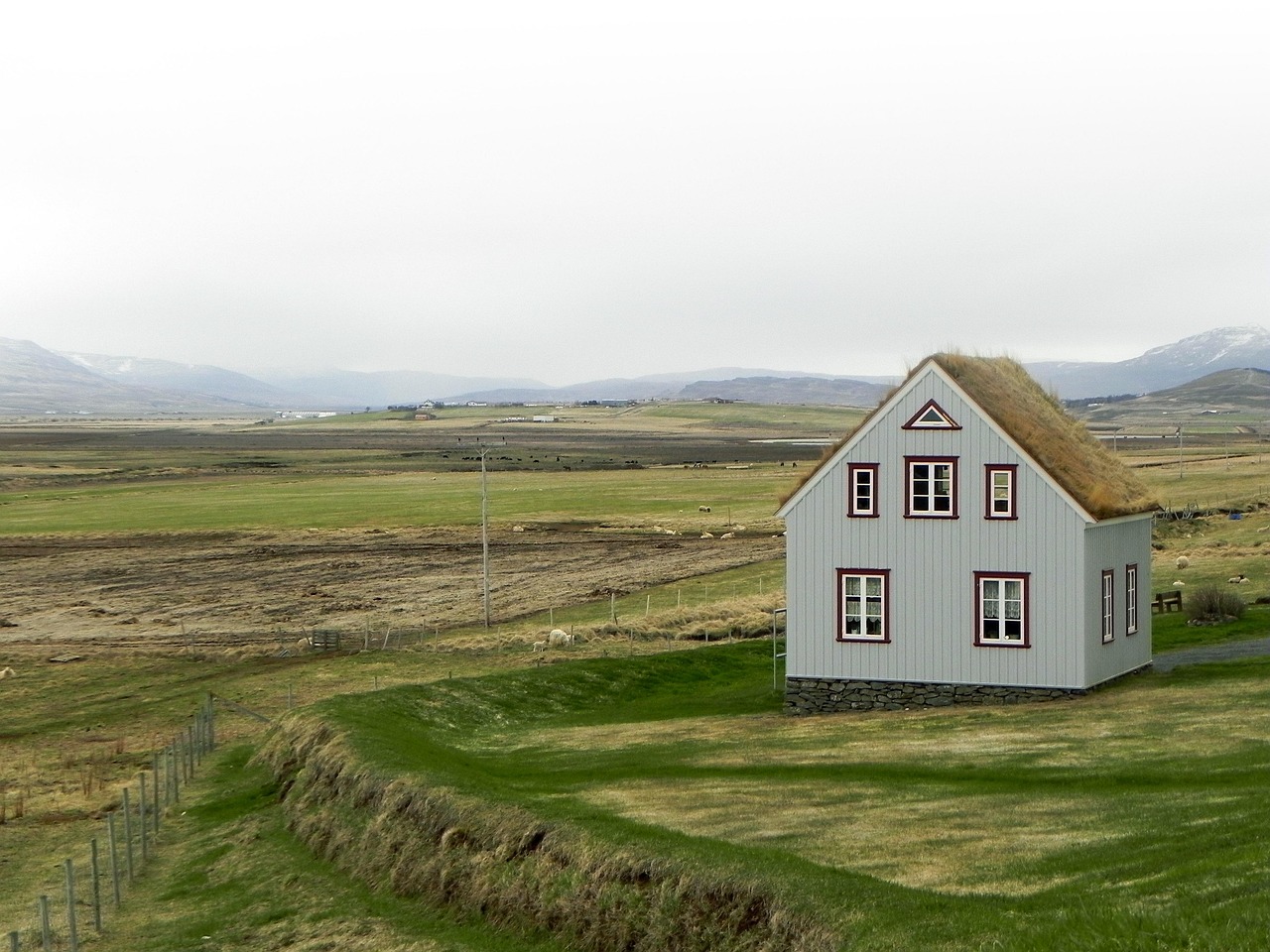
Iceland pairs big scenery with small thresholds. Authorities restrict access to sensitive hiking areas when soil, moss, or nesting grounds suffer, and cruise arrivals face tighter windows. Volcanic zones bring rapid closures when activity spikes, then phased reopenings with marked trails. Popular waterfalls and canyons add boardwalks and barriers to keep footsteps concentrated. If visitor counts keep rising, expect price signals on parking, stricter coach permits, and seasonal caps around glacier lagoons and puffin cliffs.
Norway
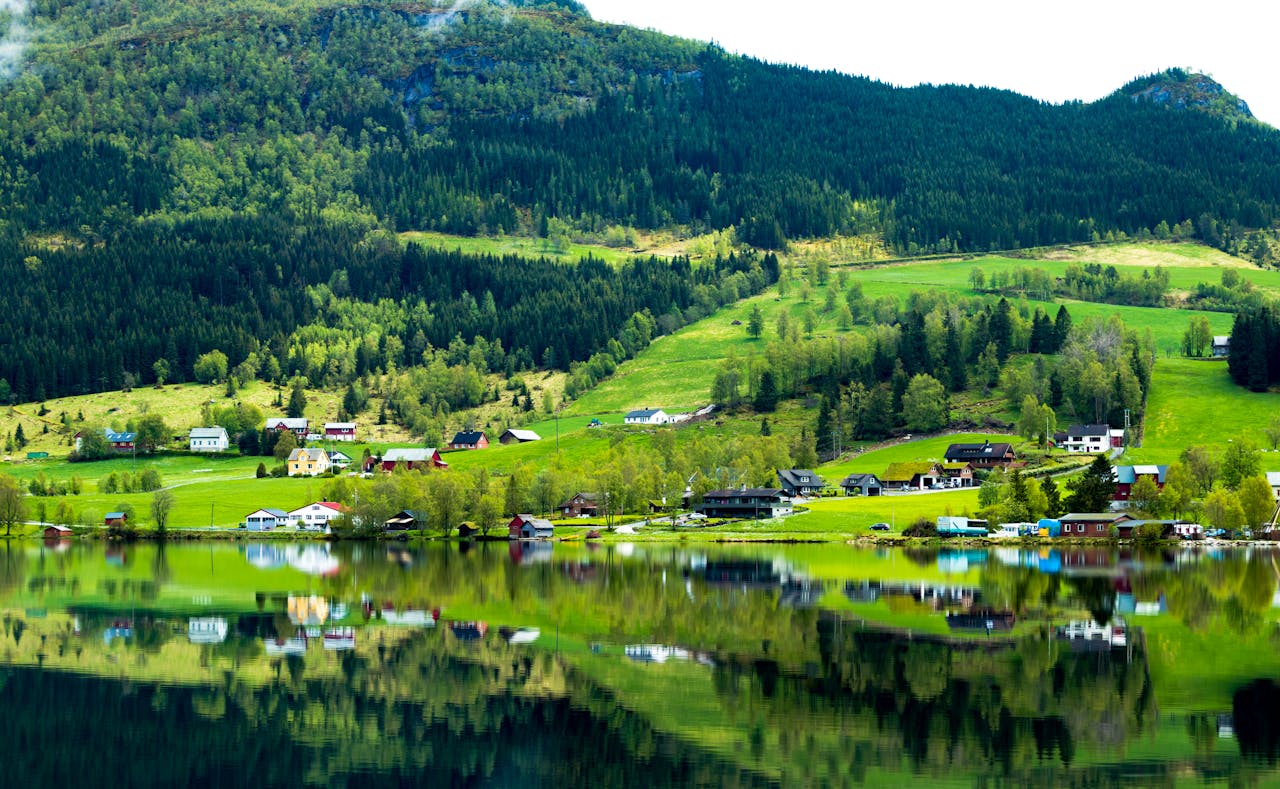
Norway plans a national tourist tax in 2026 to fund infrastructure and ease pressure on fjord towns and Arctic gateways. The move complements local rules that already modulate cruise traffic and coach access on narrow valleys. Hiking icons face parking quotas and weather-based advisories that can shut routes with little notice. If strain grows, dynamic pricing and daily caps around fragile fjords could follow. The goal is simple: protect viewscapes and keep small communities functional year-round.
Croatia
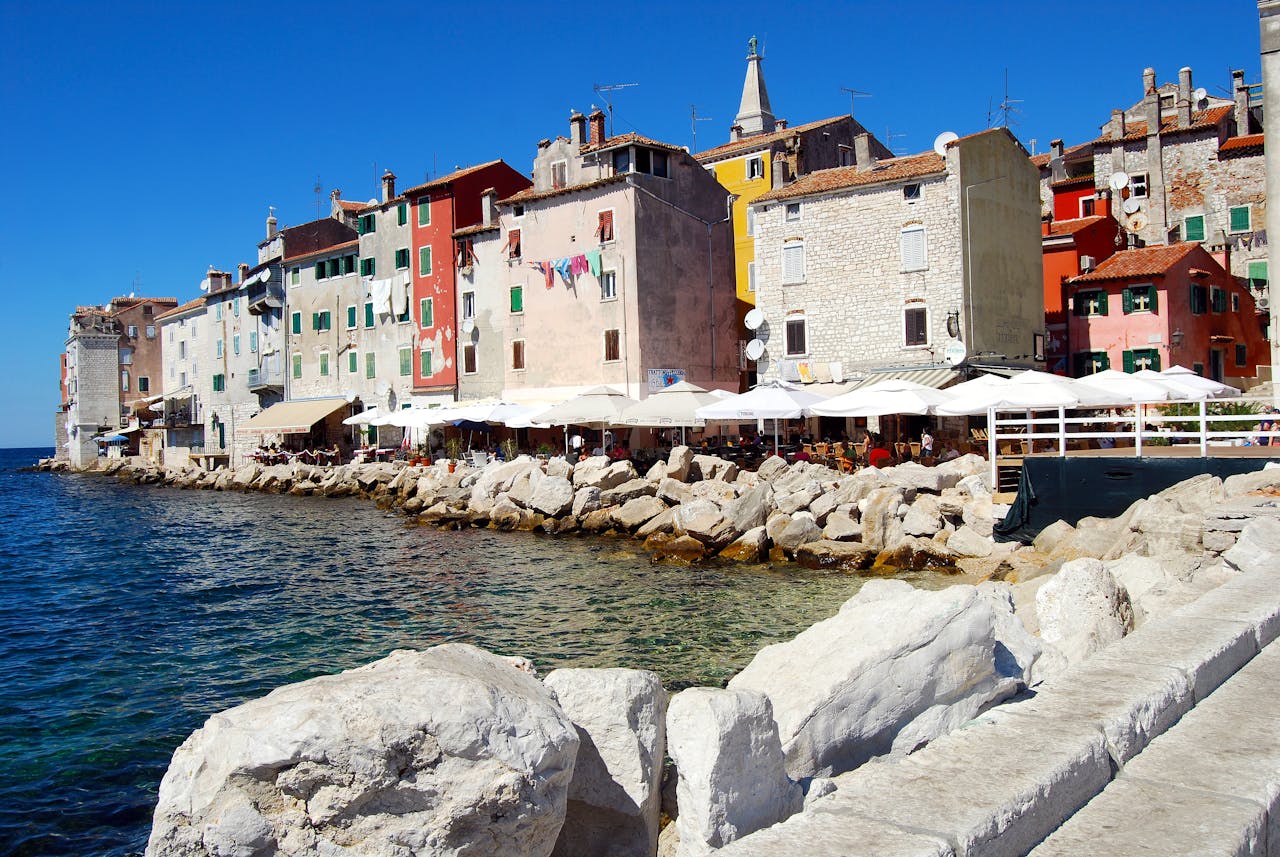
Croatia’s coastal fame brings strain that policy now meets head-on. Dubrovnik manages cruise calls and foot traffic around UNESCO-listed streets, while swimwear regulations curb unruly behavior beyond the beach. Island harbors coordinate arrivals to keep alleys passable, and ticketed time slots spread crowds at fortress walls. If bottlenecks return in peak months, expect higher berth charges, stricter short-stay licensing, and extended pedestrian-only hours across medieval cores, all in service of preserving lived-in history.
Slovenia
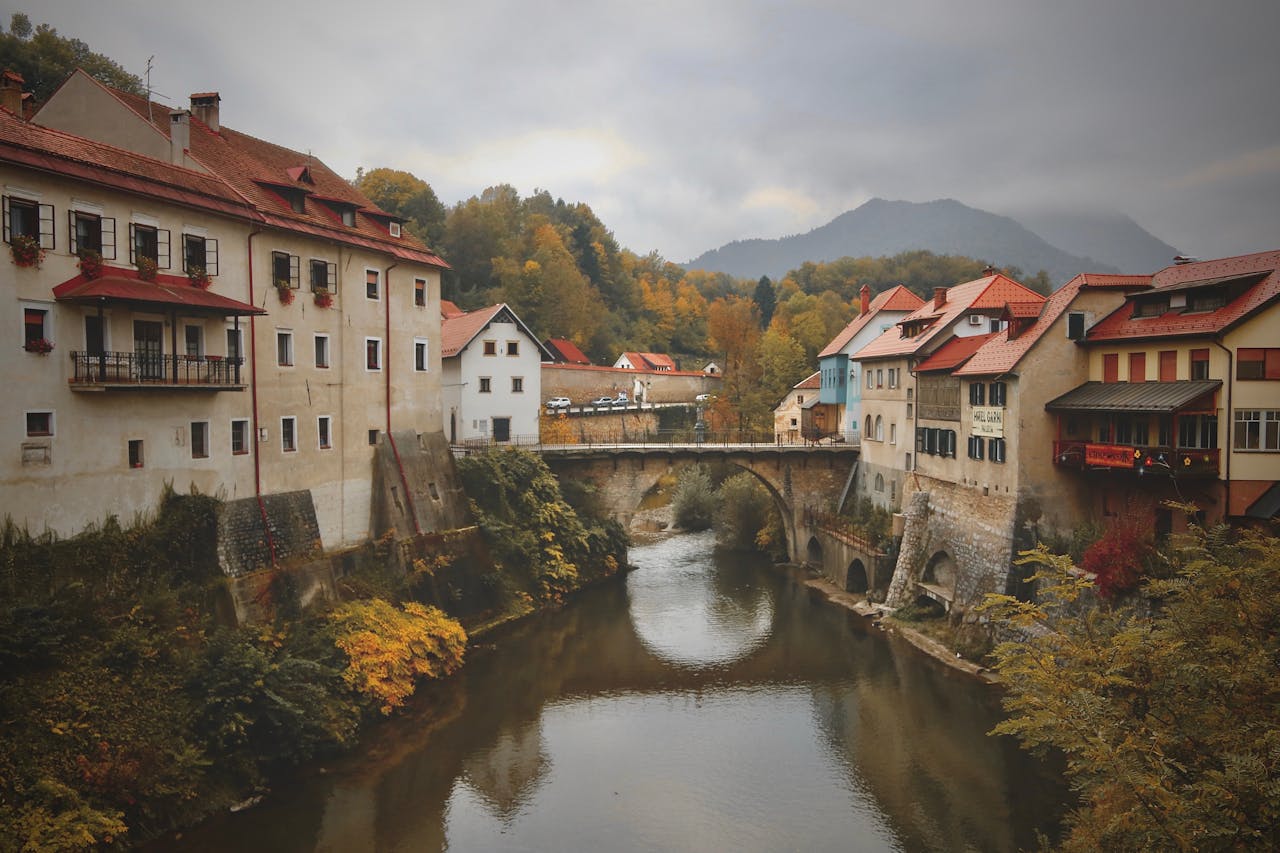
Slovenia scales small and protects accordingly. Lake Bled’s postcard shores now face tighter parking, bus routings, and crowd guidance, while alpine valleys limit vehicle access to safeguard meadows and waterways. National strategy leans into sustainability benchmarks that tie promotion to capacity. As attention grows, authorities can expand shuttle requirements, set seasonal trail quotas, and tighten rules on lake activities. The intent is to keep landscapes calm, paths intact, and village life centered on residents rather than queues.
Netherlands
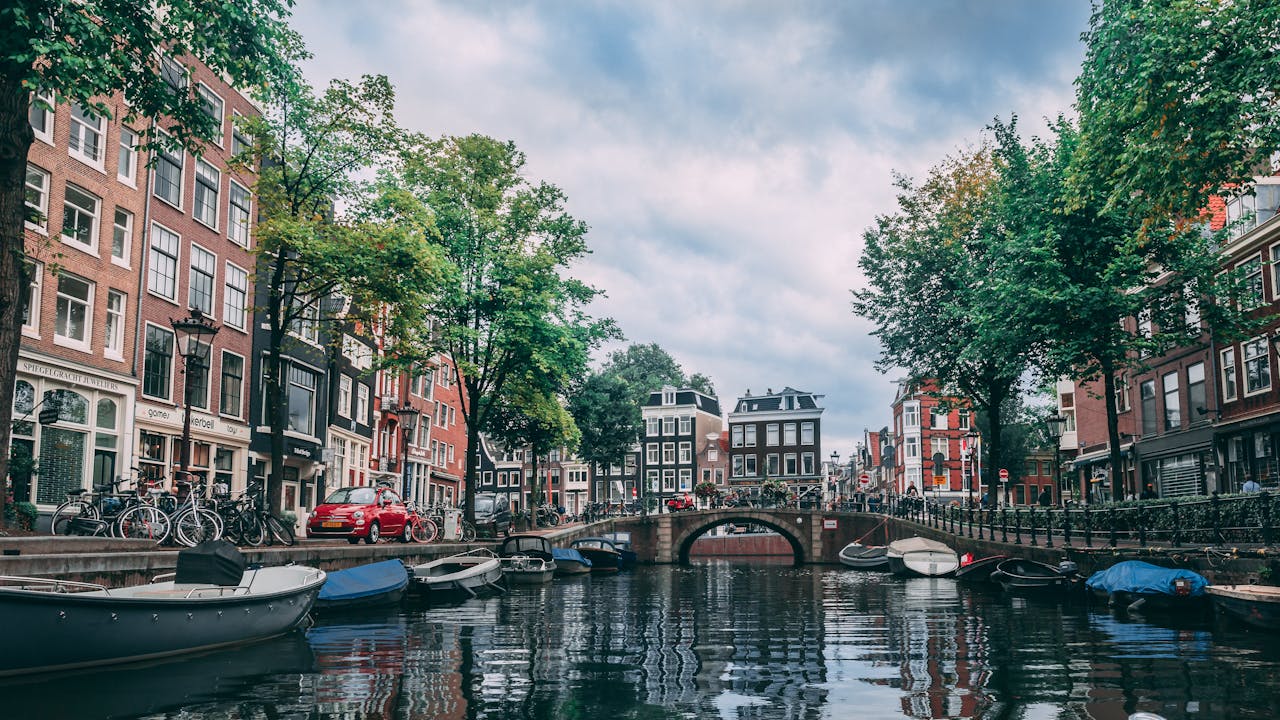
The Netherlands is rebasing tourism around quality, not volume. Amsterdam restricts certain short-stay licenses, raises taxes, and tightens nuisance enforcement. Cruise limits reduce calls that overload canal belts and narrow streets. National messaging steers visitors beyond saturated districts toward quieter towns. If pressure persists, look for stricter coach bans near historic rings, higher fees within canal zones, and broader curbs on party tourism, trading quick turnover for stays that fit the city’s scale and dignity.
Thailand
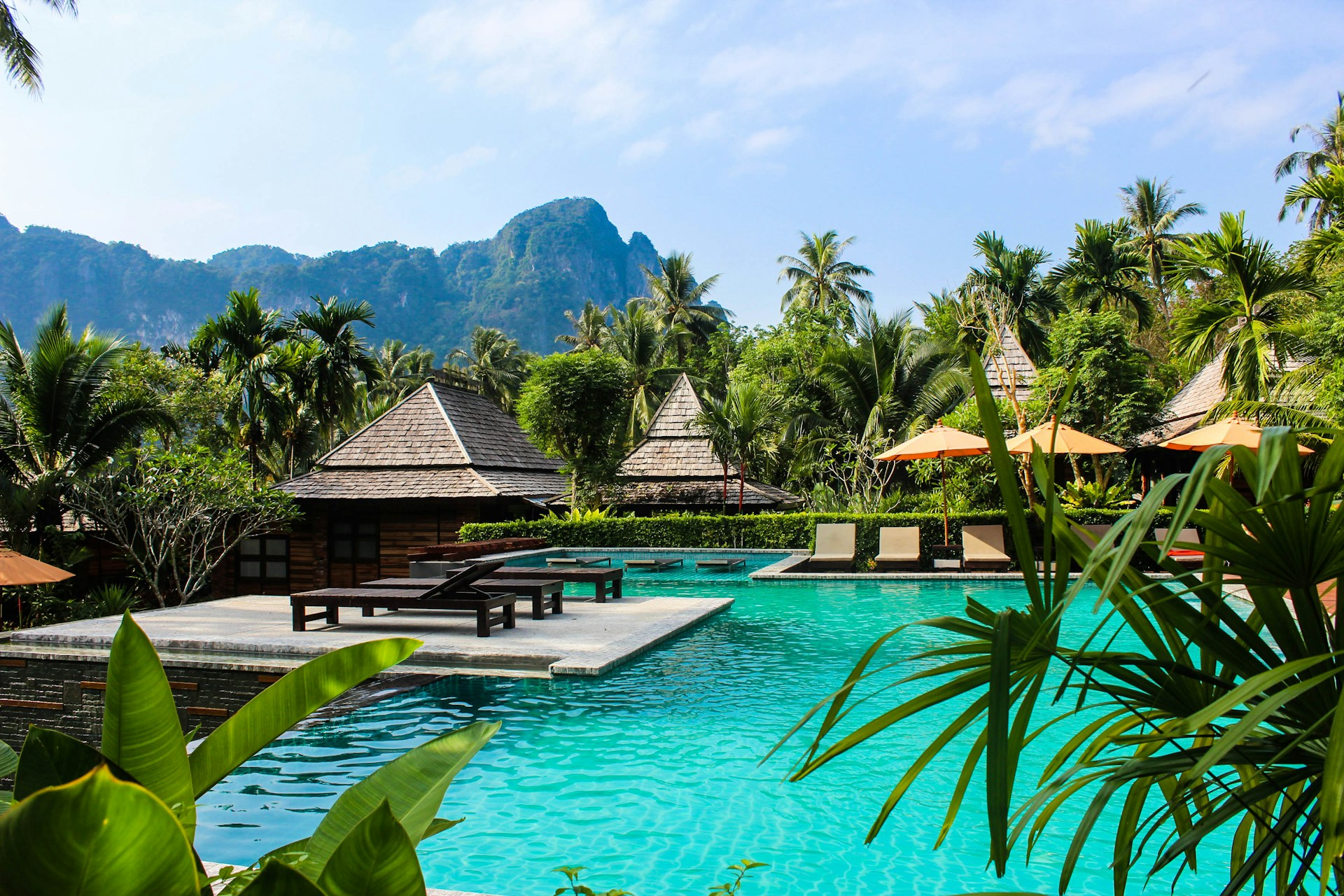
Thailand is drawing bright lines around fragile places. Maya Bay operates on visitor caps and rotating closures to let reefs recover, while sacred sites intensify dress and conduct rules. Park authorities shut trails during monsoon and breeding seasons, then reopen with limited permits and ranger oversight. Waste and noise rules are enforced with real fines. If damage rebounds, caps may extend to additional bays and islands, with higher marine fees channeled to coral nurseries and patrols.
France
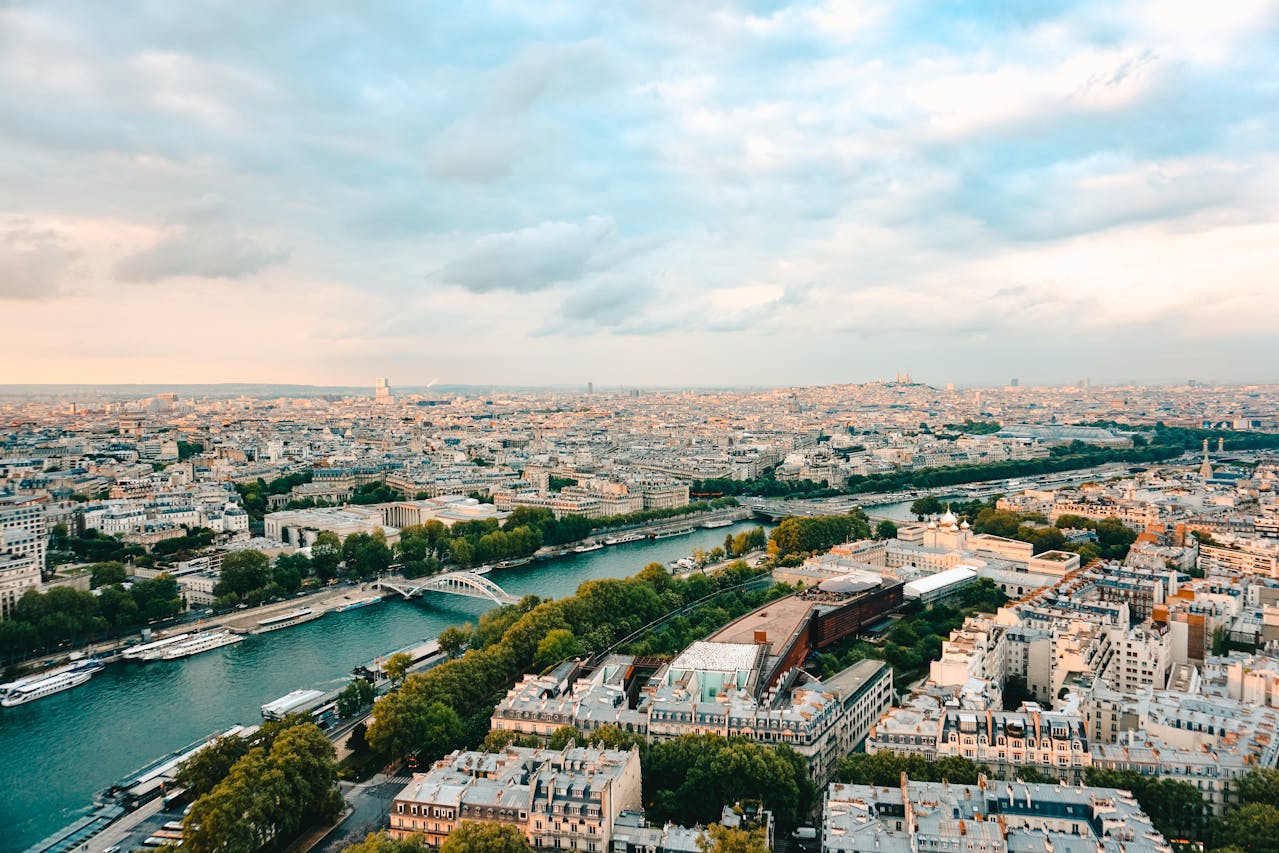
France is shifting from festival sparkle to year-round stewardship. Cruise restrictions now shape access at select ports, while coastal towns deploy beach protections and alcohol controls in peak months. Overtourism plans include timed entries at headline museums and stricter coach rules near historic districts. If summer congestion holds, expect expanded reservations for viewpoints, car-free windows in old quarters, and tougher penalties for litter and noise, aiming to protect cultural texture without killing café life.
